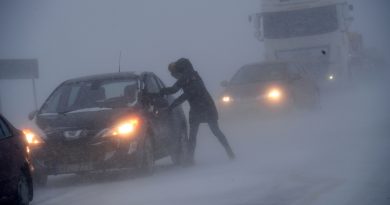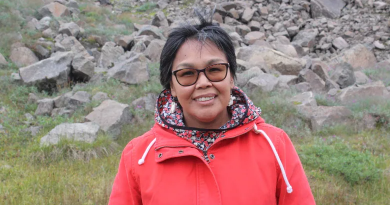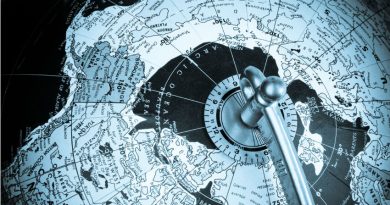2019 Arctic wildfire season ‘unprecedented’ say experts
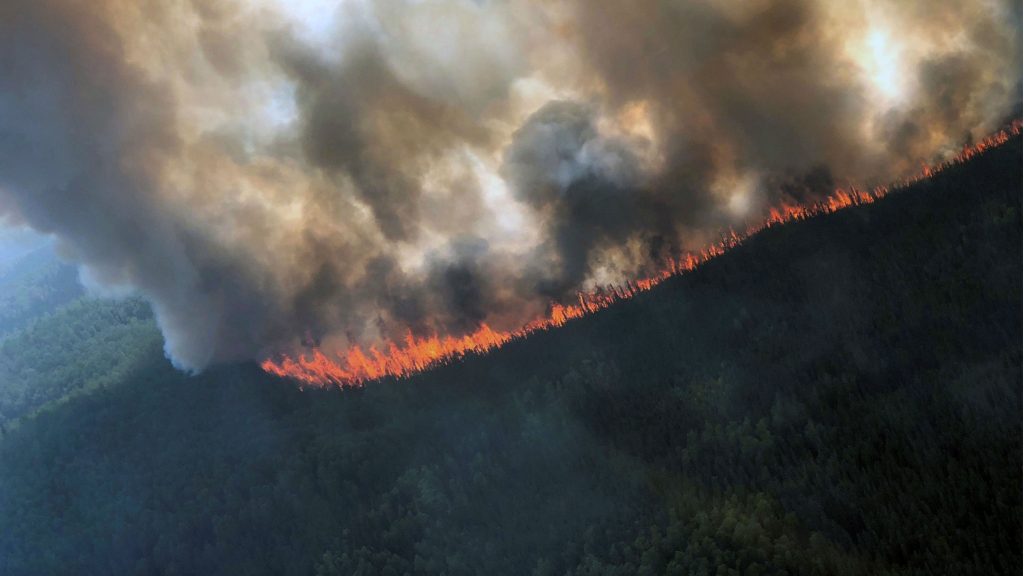
June and July are shaping up to be the most intense Arctic wildfire periods on record with blazes raging everywhere from Siberia and Alaska to even Greenland.
Although fires are a natural part of the boreal forest life cycle, the magnitude and number of the fires this season are unheard of with The World Meteorological Organization (WMO), a specialized agency of the United Nations, calling the wildfire spasm “unprecedented” in a news release this month.
So far, fires have been most severe in Alaska and Siberia, with some fires covering up to 100,000 football fields, says the WMO.
In all, the Copernicus Atmosphere Monitoring Service (CAMS), implemented by the European Centre for Medium-Range Weather Forecasts on behalf of the European Comission, has tracked more than 100 wildfires within the Arctic Circle this season, with numerous others raging across the North.
#Copernicus Atmosphere Monitoring Service aerosol optical depth forecast for 26 July https://t.co/vGx3fMslSk shows continuing heavy smoke from boreal & Arctic #wildfires across Eurasia & N America with a plume from Alaska heading to the North Pole. pic.twitter.com/y3qTjaNxN2
— Mark Parrington (@m_parrington) July 26, 2019
“What we’ve been seeing since the 9th or 10th of June is that the daily intensity has been way above what the average value is and that’s really persisted at quite a high level up until the last couple of days to where it started to go back towards those average values,” said Mark Parrington, a senior scientist with the European Centre for Medium-Range Weather Forecasts, in a phone interview on Monday.
What’s causing the blaze uptick?
June 2019 was the warmest June on record, said CAMS in their monthly climate update issued this month, with most of the world’s land and sea regions experiencing higher than average temperatures. While not the only reason for the uptick in wildfire intensity, it is a contributing factor.
“What was clear with those fires in the Siberian Arctic in June was that they were occurring in place where those anomalous temperatures and anomalous dryness was much more pronounced than anywhere else on the planet,” Parrington said.
“The Arctic climate is changing faster than the rest of the world and the environmental conditions are ideal for fire. So when there’s been an ignition these fires have been able to persist and to grow every rapidly and to endure for several weeks through the summer months.”

For more on climate, the boreal forest, and what the media keeps getting wrong about wildfires, listen to Eye on the Arctic‘s conversation with Mark Parrington, a senior scientist with the European Centre for Medium-Range Weather Forecasts:
Canadian wildfire season
Closer to home, Canada has experienced wildfires everywhere from Yukon, in the north-west, to the neighbouring Northwest Territories, as well as the northern region of the western province of Alberta, but has been spared the sustained intense blazes experienced this season in places like Alaska and Russia.
“There are fires but it doesn’t seem to be anything beyond the usual for the Canadian Arctic or Canadian boreal fires,” Parrington said. “The Chuckegg Creek fire in northern Alberta at the end of May was much more significant and well above the average but in general terms through June and July there’s not been anything particularly unusual.”
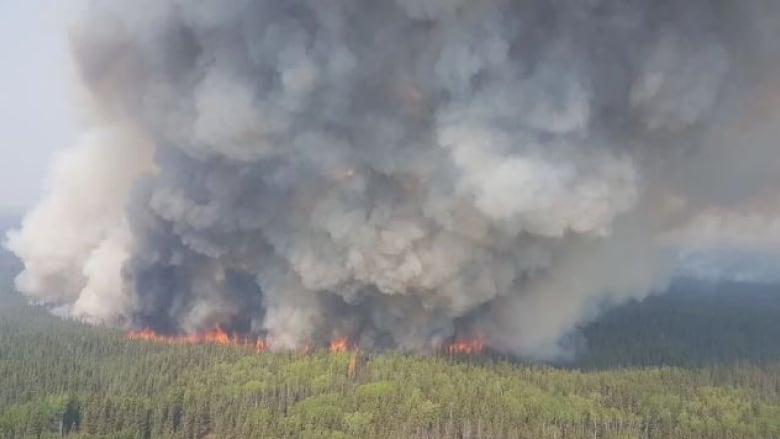
Impacts
Besides obviously landscape changes, the environmental impacts of such extreme fire conditions include everything from air quality to sea ice impacts.
“In June alone, these fires emitted 50 megatonnes of carbon dioxide into the atmosphere, which is equivalent to Sweden’s total annual emissions,” said the World Meteorological Organization. “This is more than was released by Arctic fires in the same month between 2010 and 2018 combined.”
The vast quantities of smoke can have an impact on air quality even far from the site of the fires, Parrington said.
“It’s very unhealthy breathing this smoke and it’s very dense, particularly close to where the fires are burning,” he said. “But the smoke can also exist in the atmosphere for several weeks and by that it can be transported for thousands of kilometres and can affect air quality a long, long way from where the burning region is.”
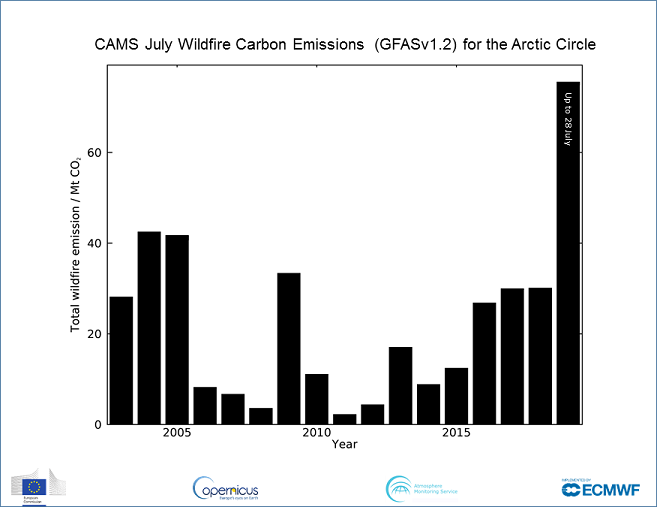
Wildfires also contribute to black carbon pollution.
“Particulate matter, black carbon especially in smoke, if it’s deposited to snow or ice than it can accelerate the melting of those white surfaces,” Parrington said.
“Which means it contributes then to global warming because the darker surface absorbs more solar radiation.”
Write to Eilís Quinn at eilis.quinn(at)cbc.ca
Related stories from around the North:
Canada: Large wildfires in Yukon, northwestern Canada threaten highway, CBC News
Finland: Arctic Council experts tackle black carbon risk posed by wildfires, Eye on the Arctic
Iceland: Better wildfire & agriculture management among recommendations from Arctic Council black carbon expert group, Eye on the Arctic
Norway: Arctic summer 2019: record heat, dramatic ice loss and raging wildfires, The Independent Barents Observer
Sweden: Study on Swedish wildfires shows how to make forests rise from the ashes, Radio Sweden
United States: Wildfire smoke brings more respiratory complaints in Anchorage, Alaska, Alaska Public Media

